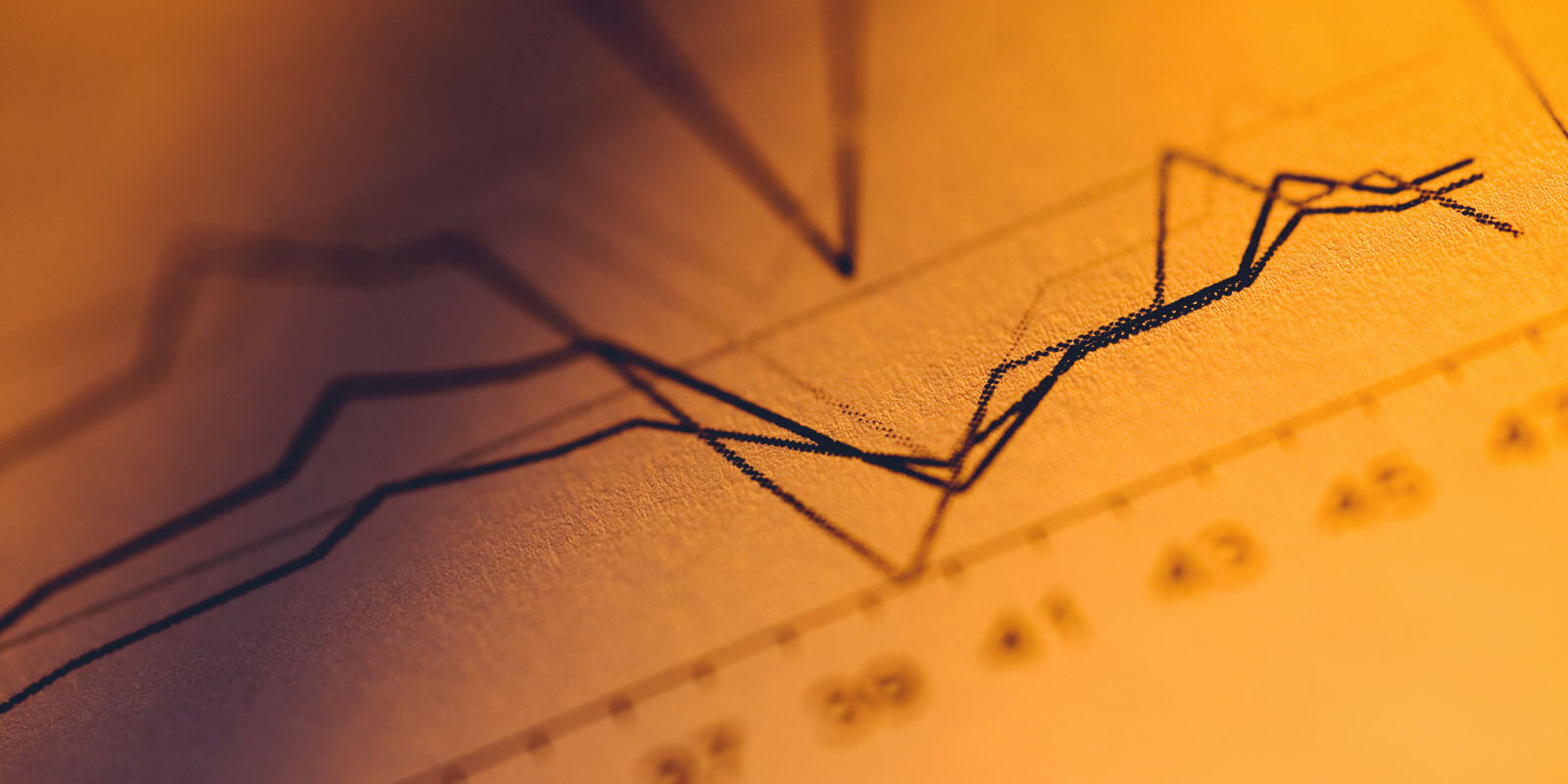Once you have made the decision to invest in precious metals, the next step is narrowing your decision down to a specific alloy.
Three of the most traded commodities that professional investors look to are gold, silver and platinum. Their attractiveness is probably due in part to the familiarity to us of these precious metals. They are the most commonly chosen metals for jewellery and, of course, are what many investment grade bullion coins are struck from.
So-called ‘gold bugs’ (i.e. those people who like to regularly invest in gold), often like to spread their risk by also investing in silver and platinum. However, for newcomers to precious metal investment, there is often the question of what is the difference between gold, silver and platinum when it comes to deciding between the three.
With centuries of experience in striking coins and latterly producing gold, silver and platinum bullion bars, The Royal Mint can provide some professional insight into what investors may want to consider when they choose between these three metals for investment purposes.
Investing for the Long Term
People often choose gold as a long-term investment, given the steady rise in value over the years. Silver generally follows gold in terms of relative values, and in the past decade gold has demonstrated a steady overall annual profit. All three precious metals can be traded in the short and medium term, given an understanding of how gold, silver and platinum prices move in the markets e.g. such as calculating the gold silver ratio.
Entry Price
Of course, when starting out with small amounts to invest, entry price is often a primary consideration for those who are new to investing in precious metals. For this reason, many start by purchasing silver. Physical silver prices are significantly lower than gold and platinum, which makes buying a few at a time more affordable. However, in time, many silver coin buyers graduate to buying gold or platinum bullion. Also, with the introduction of digital precious metals, you can now invest in a portion of a physical gold, silver or platinum bar from as little as £25.
Timing of Precious Metal Prices
Timing around buying and disposing of gold, silver and platinum is also crucial, given that the market prices for precious metals can move very quickly. Silver and platinum prices are more volatile than those of gold in the short term because of their association with industrial uses. This means that it is more likely that the price of silver can increase or decrease by 20% or more in a short period of time. Investment grade precious metals require the investor to understand the market, and why perceptions of value for different commodities can change. This is important to know in order to understand timing of buying and selling each metal to maximise returns on investment.
Adding Value to Investments
One distinct reason why many choose to invest in gold bullion is because it is VAT free in the UK, which is not the case for gold throughout the world. Silver and platinum also attract a VAT rate of 20% in the UK.
The background as to why this is the case is interesting for those learning about buying precious metals for the first time. Before 1st January 2000, sales of gold in the UK were subject to VAT. This changed because of the disparity between rules in the EU. For example, some countries in the EU did not charge VAT on gold at all or charged it at a very low rate. This meant that the UK was at a disadvantage compared with other EU member states. The introduction of the exemption meant that for VAT purposes, gold would be treated the same as other investments, such as stocks and shares. Silver and platinum are of course different, which is mainly due to the fact that as well as being used for investments, both metals have many industrial and practical uses.
The precious metals investor would do well to bear in mind the fact that, due to VAT, the price of silver and platinum in the market has to rise at least 20% in order to cover one’s initial investment, and make a worthwhile profit when you are ready to sell. Given that gold is VAT free in the UK, this added cost does not apply.



